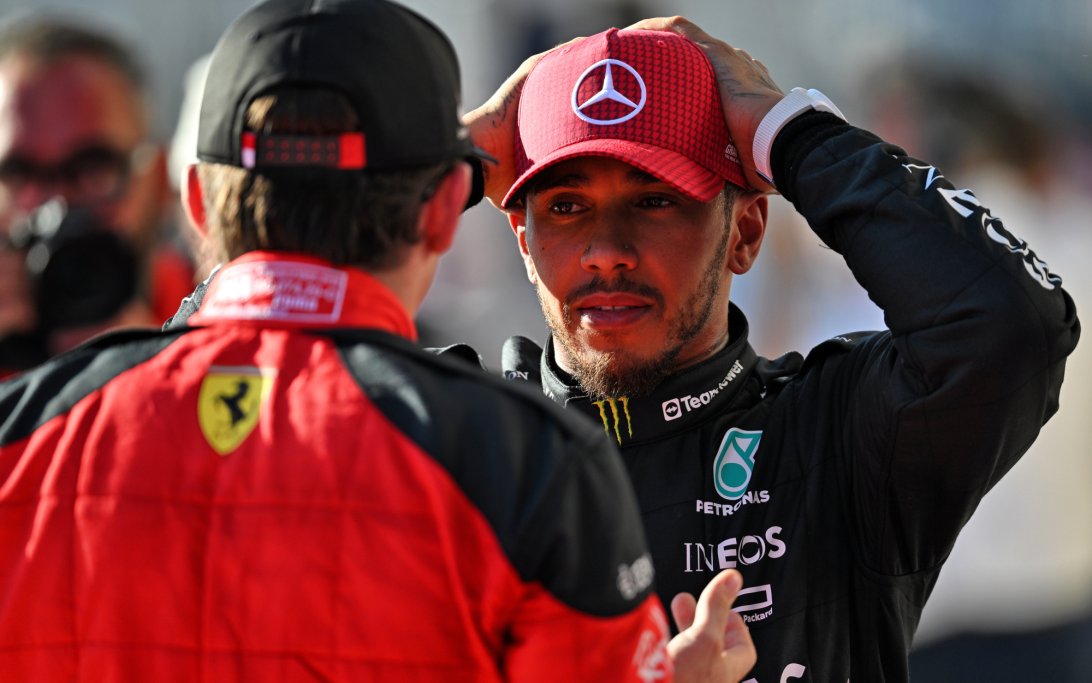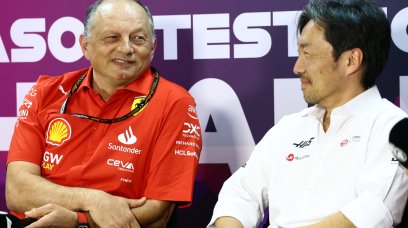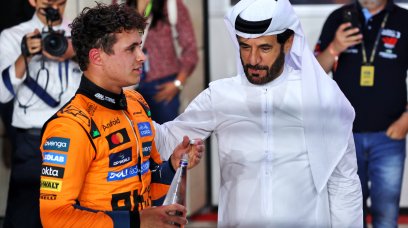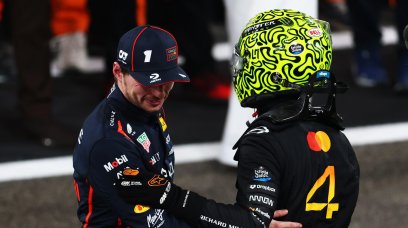The United States Grand Prix has delivered some exciting action in recent years, although last season's was thrown into chaos post-race.
After a brilliant performance to finish second at the Circuit of the Americas, Lewis Hamilton was disqualified.
Hamilton was not alone, as Charles Leclerc joined the seven-time world champion in being disqualified for the exact same reason.
In Leclerc's case, he lost a sixth-place finish, a day on from having finished the sprint race in third behind Hamilton and winner Max Verstappen.
The double disqualification promoted Lando Norris into second behind Verstappen, whilst Carlos Sainz inherited an unexpected third.
But what happened that triggered two shock disqualifications? The answer can be found underneath both cars.
Hamilton and Leclerc were disqualified after FIA Technical Delegate Jo Bauer and his team made a discovery during the standard post-race checks.
Following “a physical floor and a plank wear inspection”, the skid block, also known as the 'plank', was found “to be not in compliance” with the technical regulations on both cars.
The actual disqualification for Hamilton and Leclerc was confirmed just short of four hours following the conclusion of the race, where Verstappen's 50th career victory was secured.
Viewed by others:
Time constraints
Specifically, both cars were found in breach of Article 3.5.9 e) of the 2023 technical regulations, which stated: “The thickness of the plank assembly measured normal to the lower surface must be 10mm ± 0.2mm [plus or minus 0.2 millimetres] and must be uniform when new.
“A minimum thickness of 9mm will be accepted due to wear, and conformity to this provision will be checked at the peripheries of the designated holes.”
In F1, the teams are given a slight grace of one millimetre of plank wear once a car has entered parc ferme. Wear beyond one millimetre results in disqualification.
It was recognised by the stewards that the bumpy COTA surface and the sprint format were lead causes behind the substantial plank wear.
Last season, parc ferme during a sprint weekend came into effect ahead of sprint qualifying, which took place after first practice.
This rule has since changed, with parc ferme re-opening now between the sprint race and qualifying for the traditional race.
Both Mercedes and Ferrari effectively miscalculated how much the skid block would wear, as a result of minimal time ahead of parc ferme.
Only so much data could be gathered in first practice, leaving teams with a choice of risking plank wear by running low to gain performance or by lifting its cars to avoid disqualification but also lose performance at the same time.
Also interesting:
It has been a year since Max Verstappen won his third F1 title - with six grands prix to spare. Now Verstappen is in a fight this year, and with Red Bull under pressure to deliver him a car to retain his crown. Join RacingNews365's Ian, Sam and Nick as they discuss this and more ahead of the final six races.
Would you rather watch our podcast? If so, click here.
Don't miss out on any of the Formula 1 action thanks to this handy 2026 F1 calendar that can be easily loaded into your smartphone or PC.
Download the calenderMost read
In this article












Join the conversation!